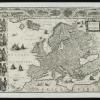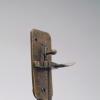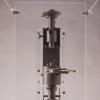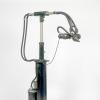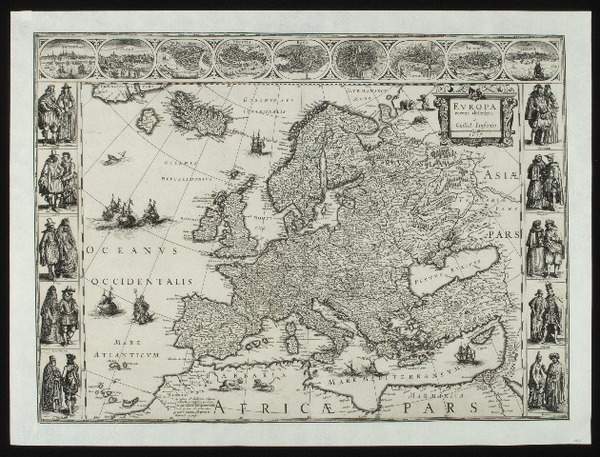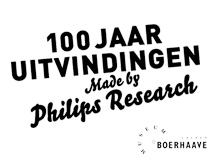New world, new diseases
In the 17th Century the world opened up for Europeans.
Trading expeditions to the colonies and newly ‘discovered’ areas in both East and West not only brought all sorts of new goods, but also new diseases to Europe. The maps made by the Amsterdam cartographer Jan Blaeu are a good historical marker of these developments.
The industrial developments of the 18th and 19th Centuries would bring Europe even closer to the rest of the world. The empty spaces on Blaeu’s map got ‘filled in’ by Europeans as they delved deeper into realms they had never seen and began to map them.
Along with contact, not only goods, but diseases were traded. The introduction of European smallpox was disastrous for the indigenous populations of North America. Most diseases went from Europe into the rest of the world, but syphillis, which originated in the Americas, would later claim numerous victims in Europe.
Modern transport such as faster ships, trains and later aeroplanes have created ideal conditions for pandemics such as the flu that came from Asia, or tuberculosis spread from Europe through the rest of the world.

How to cite this page
Bart Grob, 'New world, new diseases', Inventing Europe, http://www.inventingeurope.eu/philips/new-world-new-diseases
Sources
- Donkersloot-de Vrij, Marijke. Drie generaties Blaeu: Amsterdamse Cartografie en Boekdrukkunst in de Zeventiende Eeuw. Zutphen: Walburg Pers, 1992.
- Hellinga, Gerben Graddesz. “De Atlas Maior van Blaeu 1662.” In Geschiedenis van Nederland: De Canon van ons Vaderlands Verleden. Zutphen: Walburg Pers, 2007.





